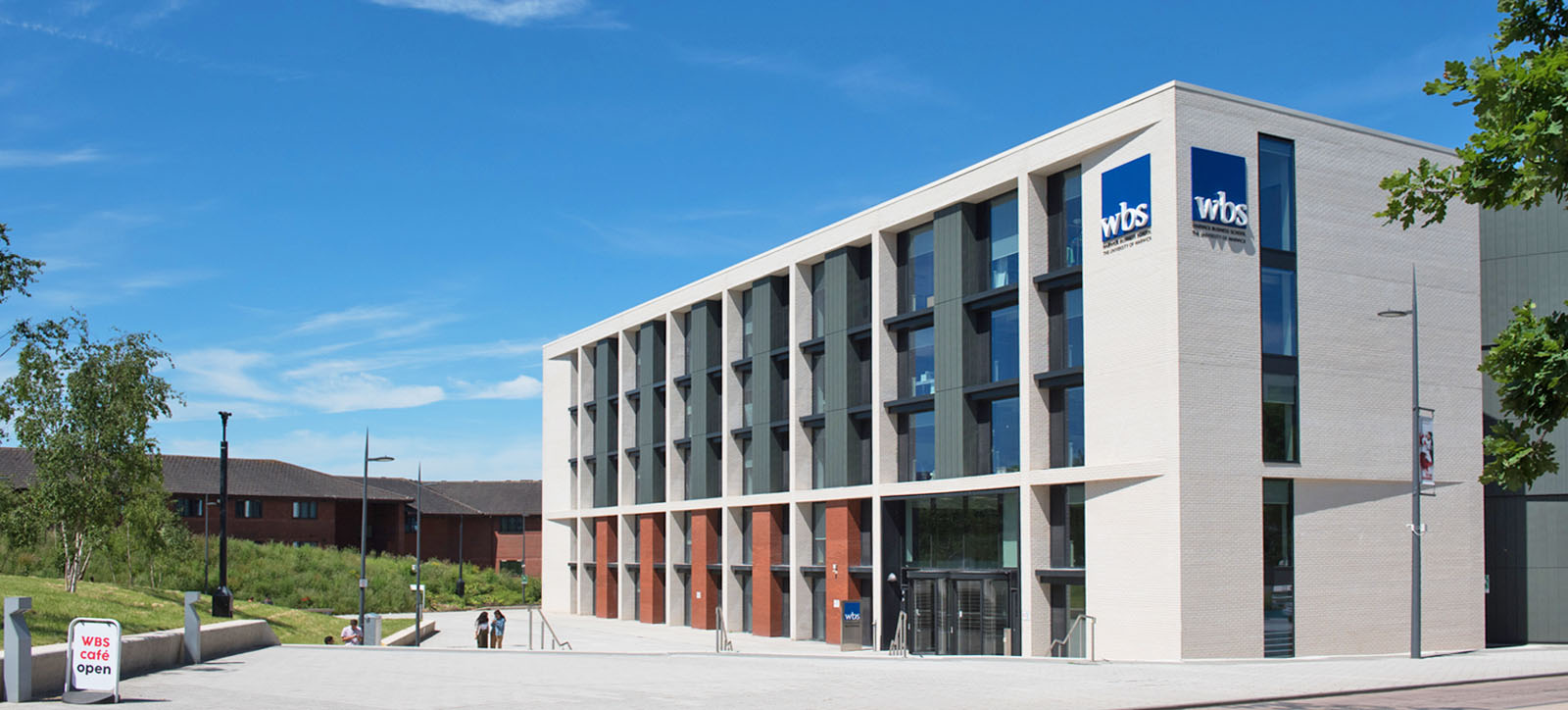
Core Insights: Leadership
For leaders to thrive in today’s uncertain and rapidly changing world they need what author Matthew Kutz has coined as ‘3D thinking’.
That is, they need to assess the past, present and future to truly understand the context in which they are making decisions.
Former Warwick Business School Professor Andrew Pettigrew, who is now at the University of Oxford and is acclaimed for bringing sociology and anthropology to strategy, once said: “The past is alive in the present and may shape the future.”
Leaders need to exercise hindsight and foresight, and understand how they are intertwined in the present, to make sure their organisation is not caught out by the rapid advances in technology, and can cope with the uncertainty of a post-pandemic world.
They need to draw on past experiences and learn lessons from them that can be applied to the current context, while also understanding the uniqueness of the context. Foresight is how leaders draw the future into the present by setting goals, aspirations and objectives, to help them ask the right questions and bring them towards their vision. The culmination of these three perspectives gives us insight for action today.
But an overemphasis on any one of these dimensions can be fatal. Over-emphasising the lessons, or success of the past, and repeating the recipe can be detrimental. Kodak is a famous example of this.
The photography firm boasted sales of $19 billion in 1990 with 145,000 staff worldwide, but it fell into bankruptcy in 2012 because of the emergence of the digital camera, negating the need for film, and wrecking its business model. This is despite Kodak inventing the digital camera in 1975 and producing the first mega-pixel version in 1986.
It relied too much on its success in the past to take action in the present that would move it into position for the future.
It lacked leadership agility; learning and adapting to sustain relevance, influence and effectiveness as leaders. The world is changing rapidly and so context is continually evolving, which makes it very important that leaders keep on learning, seeking out new trends, and asking new questions as the context is a moving target.
Indeed, the Latin meaning of context is ‘to weave together’ and was originally used when talking about the construction of tapestry. Instead of weaving together different coloured fabric, today, leaders need to think of context as the weaving together of different dynamics that make it unique.
Leaders need to be sensitive to the uniqueness of the situation while bringing in parallels from the past and looking to the future. This 3D thinking requires great awareness and intelligence from leaders.
Discover our range of Executive Education programmes
The Latin meaning of intelligence is an ability to read between the lines, which is a wonderful way of getting across the sensitivities of the context, as leaders need to extract meaning from those things that are unspoken and not explicit in the situation. They need to understand the flow of power and influence in the organisation, the informal networks of relationships, the norms, and the invisible hand of culture so they can take the right action.
They also need to be aware of the many cognitive biases we have. Behavioural science research has taught us that our decisions are affected by our brain’s biases, such as the confirmation bias, where we tend to search for and recall information that ascribes to our prior beliefs. Or the hindsight bias where we see past events as having been inevitable and a lot more predictable than they were at the time.
Leaders must be mindful of these biases and continually challenge their assumptions and beliefs to uncover blind spots they may have. This is where we need the help of others. Herminia Ibarra, Professor of Organisational Behaviour at London Business School, talks of building strategic networks that challenge our thinking and bring a diverse set of voices and ideas to a leader’s table.
This may well mean bringing in voices from different stakeholders of the organisation, from the shopfloor to customers, and to interested groups outside, maybe even those that campaign against the company.
Maintaining these strategic networks during the pandemic has been difficult, but it is those leaders who have been able to connect with their teams and a diverse set of voices despite remote working that have been the most effective.
Leaders need to create time and space to cultivate these networks and hear the diverse voices needed to gain the clarity around the context to make effective decisions.
For the organisation this is a constant process of learning and unlearning. Leaders need to make room in their routines to reflect on their organisation’s current practices and assess if the context has changed, so they need changing as well.
Indeed, making room for regular 3D thinking will help leaders stay ahead of the rapid change that has disrupted so many industries in recent years.
Tim Wray is a Professor of Practice and Director of Executive Education at WBS. Visit our Executive Education homepage to find out more about our range of programmes designed for both individuals and organisations.
For more articles on Leadership sign up to Core Insights here.




 X
X Facebook
Facebook LinkedIn
LinkedIn YouTube
YouTube Instagram
Instagram Tiktok
Tiktok